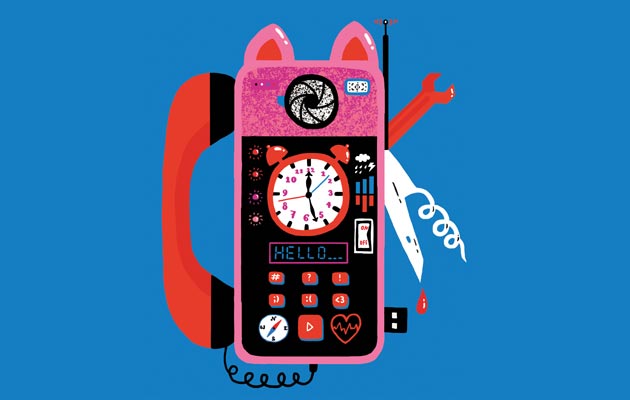|
|
||
|
“Futuristic” novelty workplaces, far-too-smartphones, greenwashed office developments, anthropomorphic corkscrews … These are all, frankly, abominations and we shall smite you down 1. Unfulfilled design Sadly, we all know them too well: the beautiful chair you can last about five minutes sitting in, the stunning lighting whose exposed bulbs blind you at dinner, and the multi-million euro museums that sit prettily on postcards – but whose front doors are disappointingly bog standard (here’s looking at you, Musée des Confluences). This is design that isn’t ready for its close-up – wide shots only, please! 2. Proportion frenemies You and your friends arrive at a restaurant, and are shown your table. It has chairs on one side, and a banquette on the other. Your party sits down; you’ve chosen the banquette. Your knees knock the table’s apron, your friends in the chairs knock their chests to it. Wrong. Things that may work on their own don’t always sit well together – too often the virtue of proper pairing is utterly ignored. 3. Novelty The same story plays out across the design industry: picture the “new” office. One singular, sinuous, wave-like, full-office desk for all to work from? Kooky kingdoms of scooter racetracks and hammocks to “chillax” in? The “future” of office design is sadly too focused on flash-in-the-pan ideas of what creative working environments should be, committing the ghastly sin of novelty – the antithesis of “sustainability” no matter what you build it out of. 4. Feature overload We live in a world where watches are no longer for telling time – they remind you to pick up the dry-cleaning, they guide you to a meeting, you can get sexts on them, they monitor your workout regime … Oh, and it does tell the time, too. And a phone? It’s barely used for calls – you choose it because it does good slo-mo videos. And, if this year’s student design shows in London were any indication, kettles will soon be at-home Al Gores, lecturing you on your energy use. Ramming in so many features isn’t innovation, it’s desperation. 5. Built-in redundancy There was once a time when flipping a small catch on the bottom of a MacBook revealed the wonders within, allowing those with a modicum of tech savvy to add memory, repair screens or replace batteries. Then came the Air – we cooed over its sleek appearance, flicked out our credit cards, and built-in redundancy became the norm. This hugely complex piece of kit lasts merely as long as its finite battery before heading to the great tip in the sky. As do our smartphones, boilers and offices – perhaps we’re just scared of our possessions outliving us? 6. Greenwashing Design has a hard time admitting that it is just one more facet of the fashion industry. Words such as sustainability and ecofriendly may suggest an engagement with carbon footprints and recyclability, but their real role is to blind the consumer to the fact that an old cheese grater is pretty much as good as a new one, however pretty its green plastic trim. Nor should new office developments relax as they boast of their solar panels and biogardens – such sweeteners tick boxes, decorate roofs and salve consciences, but lasting value is in longevity and insulation. We just need to find a way to make them sexy. 7. Anthropomorphism A few tweaks, and a couple of headlights and a grille become a face, launching a thousand mediocre car designs. Yet the painful decline that ended up giving the world the new Beetle hasn’t stopped Italian design firms remaining absolutely convinced that we must want our corkscrews, cat bowls and watering cans to adopt human characteristics. And, in tandem, our personal tech and our kitchen appliances increasingly possess gentle female voices to accompany their hard, remorseless logic. Aspirations of achieving beauty through forms shaped by function were, it seems, just too much like hard work. Agree? Disagree? What do you consider to be the top sins in design? Let us know using the comment box below or on Twitter (@iconeye). This article first appeared in Icon 147: Sins (pictured below) |
Words David Michon and John Jervis
Illustration Joasia Fidler-Wieruszewska |
|
|
||





















